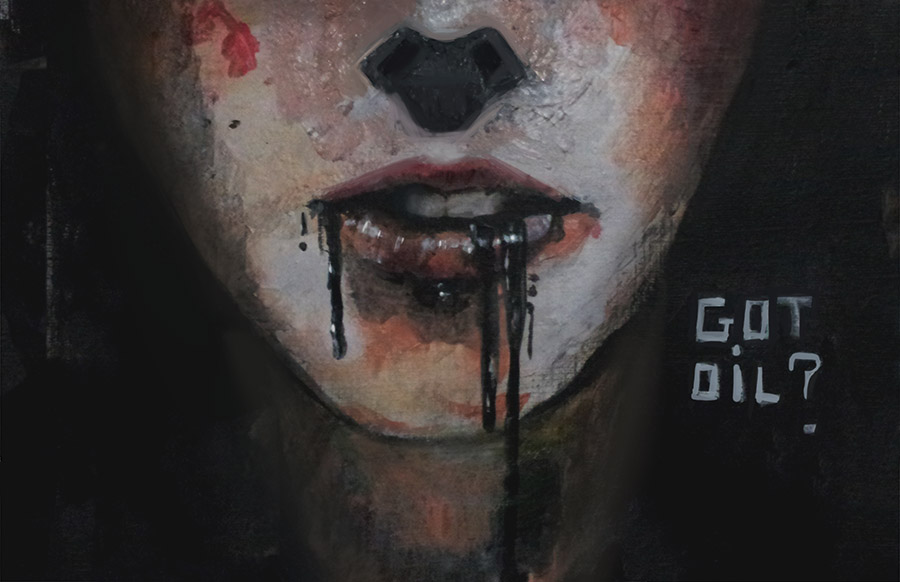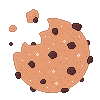
~°~°~°~°~






 ~°~°~°~°~
~°~°~°~°~
I use both acrylic and oil for portraits. It just depends on what I want to achieve. I think you can get the same look with either however, so it really just depends on what your actual goals are. Both have a strength, so that doesn't mean that they are 100% the same. You just need to go about it differently with one.
For portraits I tend to grid it out regardless, this is how I got used to working so it is just part of the process for me.
Grids are not a must, especially if you are good at eye balling it, but with faces tiny changes can be the key to getting a likeness. So I print my reference at the same proportions as my canvas.

Then I do a grid over the printout and the same on the canvas with willow charcoal. Then I sketch in the likeness, using the grid to refine it until I'm satisfied that it is going in the right direction. It should be clear that the likeness dosn't need to be perfect, you are going to be painting over it soon enough, just close enough that you see the likeness. I'll often use white chalk the charcoal to give myself just the basics of form/light/shadow. This also does not need to be a finished piece, but it makes it easier to see mistakes in the sketch. Charcoal will change your paint., especially with your first layer. So only use it when you feel like it is right for you. For example charcoal mixed with yellow is going to make it green.
It will make white gray.
It will change the chemistry of the paint and hence things like texture and drying times. It is going to affect every brush stroke. It will utterly and completely destroy any transparent qualities in any of your pthalos or alizarins so this will rule out glazing and layered painting like in a traditional style. But again it has its place.
Actually, my painting instructor recommended doing a more complicated under painting. Well, complicated is the wrong word, think of it sort of sketch of the patterns of lights/darks in paint before starting, and the technique has helped me a lot.
Though I will only do this when I really need to.
I do mostly plain air painting, and it's helpful to have that as a reference point when the light inevitably shifts. It also helps me get colors more accurate; in my experience, it's easier for me to look back and forth between a subject and a tinted canvas than it is for a plain, bright white canvas.
Some painters deliberately let their pencil show through, especially for intricate laces.








 Now it is time for a cookie!
Now it is time for a cookie!